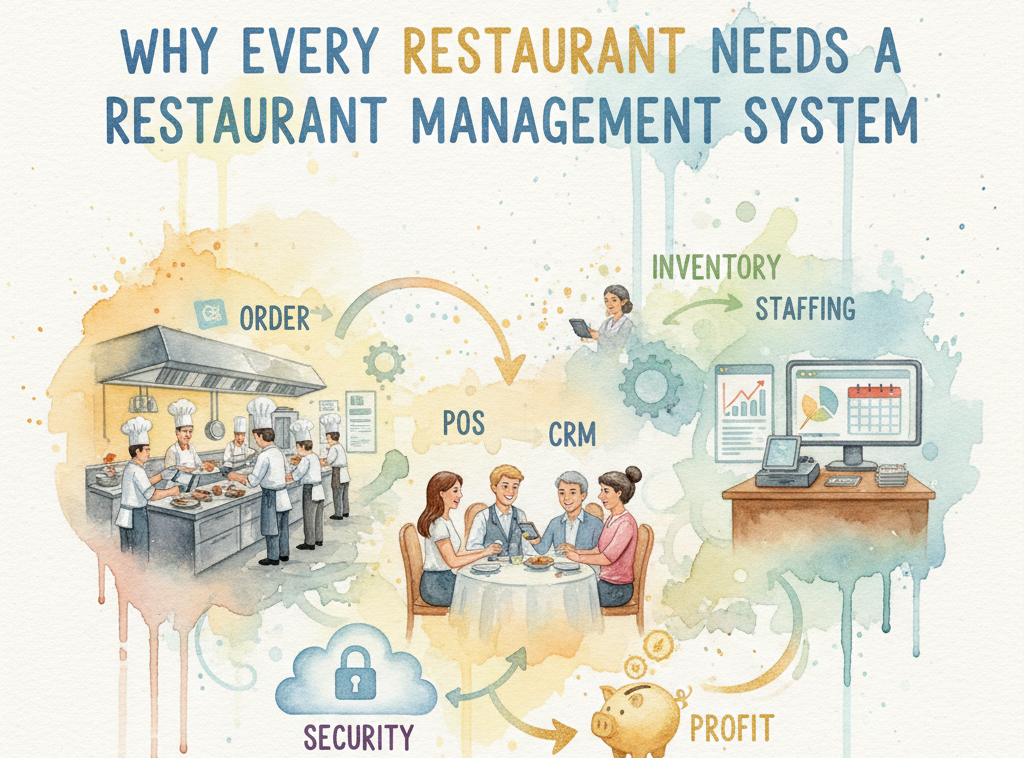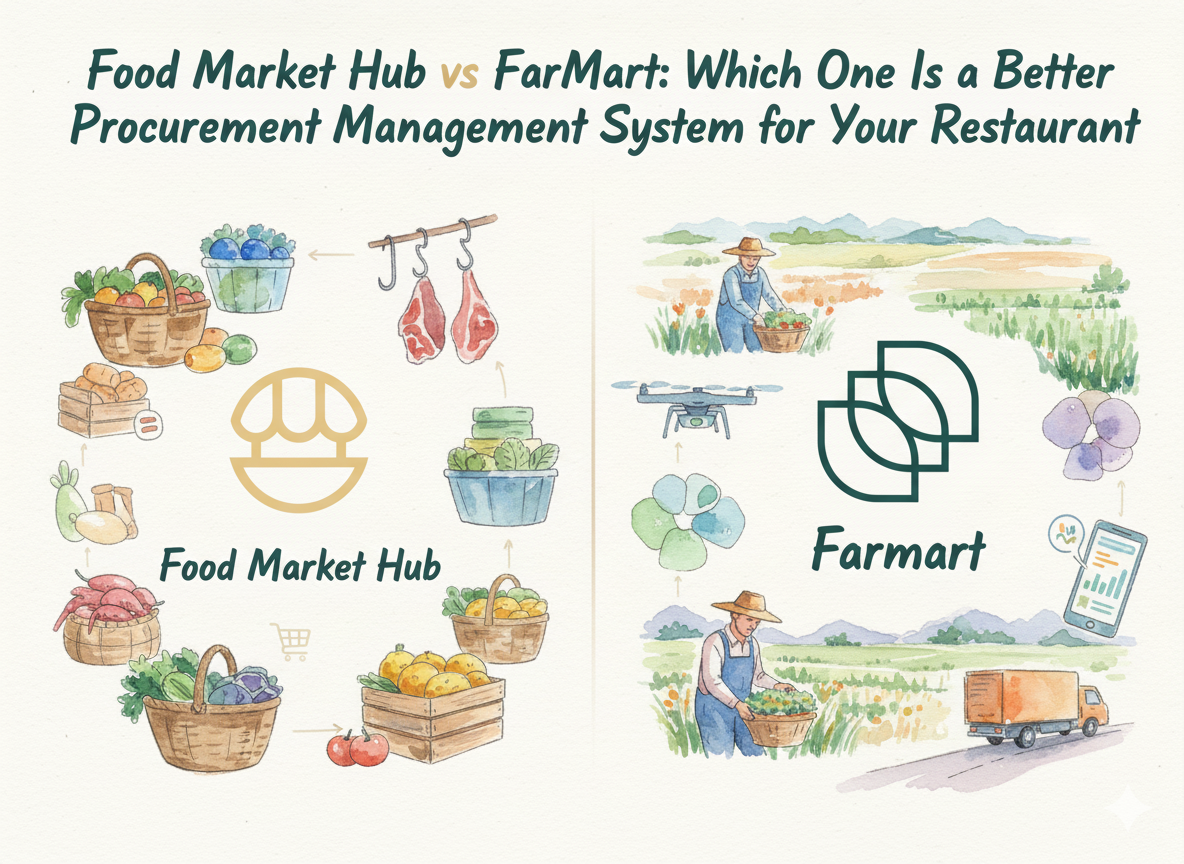How to Calculate Cash Flow for Restaurants

Navigating the intricate world of restaurant management can be a challenging task, and a crucial aspect of it is managing cash flow effectively. Cash flow is the movement of money in and out of your restaurant, and it is a key indicator of your restaurant's financial health. It is important to understand that cash flow is not the same as profits; a restaurant can be profitable but still experience cash flow problems if it has more money going out than coming in. To ensure sustained success, you need to master cash flow management. In this comprehensive guide, you will learn how to calculate cash flow and understand the significance of cash flow projections in steering your restaurant towards financial vitality.
Calculating Cash Flow: The Basics
Calculating cash flow involves assessing the net cash generated by your restaurant's operational activities. There are two main components of cash flow: cash inflow and cash outflow so the formula is straightforward:
Cash Flow = Cash Inflows − Cash Outflows
Cash inflows typically include revenue from sales, investments, and loans, while cash outflows comprise operating expenses, loan repayments, and any other financial obligations. Regularly monitoring this equation provides a snapshot of your restaurant's financial liquidity.
Breaking Down Cash Flow Components
Operating Activities:
- Inflows: Sales revenue, customer payments, and vendor credits.
- Outflows: Staff wages, supplier payments, rent, utilities, and other operational expenses.
Investing Activities:
- Inflows: Revenue from asset sales or investments.
- Outflows: Purchases of equipment, property, or investments.
Financing Activities:
- Inflows: Capital injections, loans, or other financing sources.
- Outflows: Loan repayments, dividends, or owner withdrawals.
Creating Cash Flow Projections
Cash flow projections are an important tool that can provide useful insights into your restaurant's financial future. By forecasting expected cash inflows and outflows, you gain strategic insights that aid in decision-making and financial planning. To create effective cash flow projections, you should consider the following:
1. Sales Forecasting
Estimate future sales based on historical data, market trends, and any anticipated changes in your restaurant's offerings.
2. Expense Planning
Identify and project upcoming expenses, including fixed costs like rent and variable costs like inventory.
3. Seasonal Adjustments:
Factor in seasonality, holidays, or any events that may impact customer traffic and spending patterns.
4. Debt and Loan Considerations
Account for repayments, interest, or any new financing that might affect your cash position.
5. Contingency Planning
Incorporate a buffer for unforeseen circumstances, providing a safety net for unexpected expenses.
Benefits of Accurate Cash Flow Management
Accurate cash flow management is crucial for the success of any business, including restaurants. By keeping an eye on cash inflows and outflows, restaurant owners can ensure that they have enough liquidity to cover day-to-day operational needs. This helps to prevent any disruptions or unexpected cash shortages that can harm the business.
Furthermore, accurate cash flow management enables informed decision-making regarding investments, expansions, or adjustments to the restaurant's offerings. By having clear visibility into the financial health of the business, restaurant owners can make strategic decisions that align with their goals and aspirations.
Effective debt management is another benefit of accurate cash flow management. Restaurant owners can use cash flow projections to manage debt repayments and negotiate favourable terms with creditors. This helps to minimise the impact of debt on the business and reduce financial stress.
Finally, accurate cash flow management lays the groundwork for sustainable growth. By optimising cash flow, restaurant owners can ensure that they have the necessary resources to invest in their business and achieve long-term growth. This, in turn, helps to maintain the financial health of the business and ensures its longevity.
In conclusion, to ensure your restaurant's financial success, it is important to understand how to calculate cash flow and make projections. This will help you adapt to the ever-changing food and beverage industry, keeping your establishment financially stable and ready to grow.
Apply for Food Market Hub's Deferred Payment today
For further financial support and flexible solutions tailored to your needs, learn more about our financing programme; Deferred Payment Plan, or fill in the form below to be among the first in line to enjoy this product!










